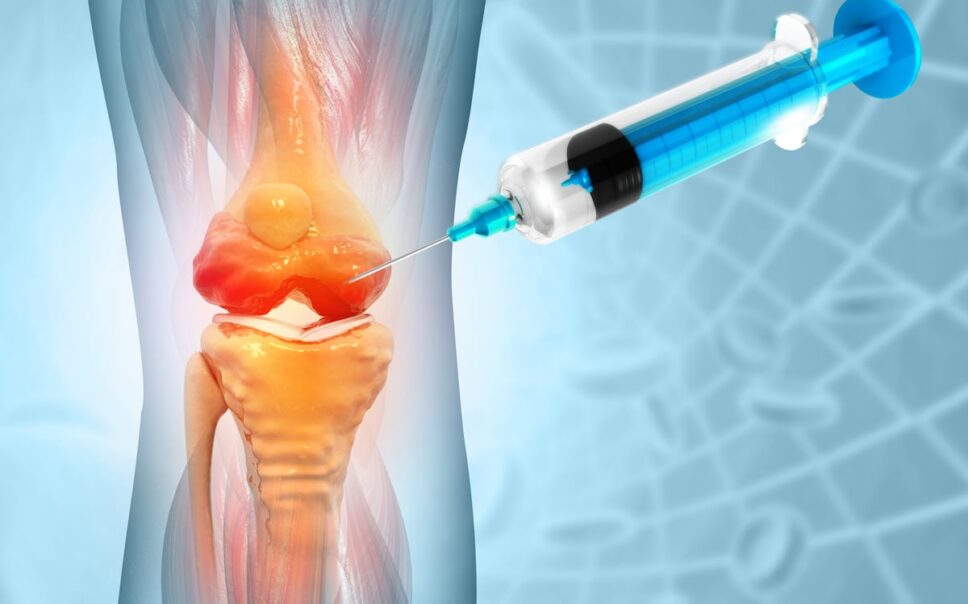If you’ve spent time searching for ways to treat joint pain or injuries, you’ve probably stumbled across Platelet-Rich Plasma (PRP) therapy. It’s one of those buzzwords that seems to pop up everywhere—from professional sports headlines to your neighbor raving about her knee pain relief. But what’s the real story behind PRP? Is it a game-changer, or is it too good to be true?
Let’s dive into the science, the promise, and the realistic role PRP can play in your orthopedic care.
What Exactly is PRP? PRP is all about using your body’s natural healing abilities. Here’s how it works: we draw a small amount of your blood, spin it in a centrifuge to concentrate the platelets, and then inject that platelet-rich plasma into the injured area. Why platelets? Because they’re packed with growth factors—tiny powerhouses that signal your body to repair damaged tissues.
The process is quick, minimally invasive, and done right in the office. Sounds simple, but it’s backed by a growing body of research that’s trying to pinpoint exactly how and when it works best.
Where PRP Shines PRP isn’t magic, but it has proven to be particularly useful in certain situations. Studies have shown promising results in treating:
- Tendon injuries like tennis elbow or Achilles tendinopathy.
- Mild to moderate osteoarthritis, especially in the knee. More data are showing that it even is helpful in more late-stage osteoarthritis.
- Muscle strains and ligament injuries, like those from overuse or sports.
For these conditions, PRP seems to reduce inflammation and improve healing—particularly when other conservative treatments haven’t worked. It’s often used as part of a broader treatment plan that includes physical therapy and lifestyle modifications.
What PRP Can’t Do Let’s set realistic expectations. PRP isn’t a cure-all, and it’s not for everyone. If you’re dealing with advanced arthritis or a completely torn ligament, PRP probably won’t be enough to restore full function. It also won’t work overnight—healing takes time, and the effects can take weeks or even months to become noticeable.
And here’s the kicker: not all PRP is created equal. The effectiveness can vary depending on how the PRP is prepared, the specific condition being treated, and—this is a big one—who’s administering it. That’s why it’s critical to seek treatment from a qualified orthopedic provider who knows their stuff.
Separating Fact from Hype One of the challenges with PRP is the amount of misinformation out there. Some clinics might oversell its benefits, promising miraculous results for everything from hair loss to chronic pain. While PRP does hold great potential, it’s important to approach it with a healthy dose of skepticism. In orthopedics, we focus on what the research supports—not what the marketing materials claim.
Is PRP Right for You? If you’re considering PRP, the first step is a thorough evaluation. We’ll look at your medical history, discuss your symptoms, and determine whether PRP could be a good fit for your condition. It’s not a one-size-fits-all solution, but when used appropriately, it can be a valuable tool to help you get back to doing the things you love.
PRP isn’t a miracle cure, but it’s also not snake oil. It’s a scientifically supported option for certain orthopedic conditions, offering a natural way to encourage your body’s own healing process. As with any treatment, success comes down to the right diagnosis, the right timing, and the right provider.
So, if you’re curious about PRP, let’s talk. We’ll separate the fact from the fiction and figure out if this innovative therapy might be the next step in your recovery journey.
Call us today at 907-771-3500 to schedule your appointment.


